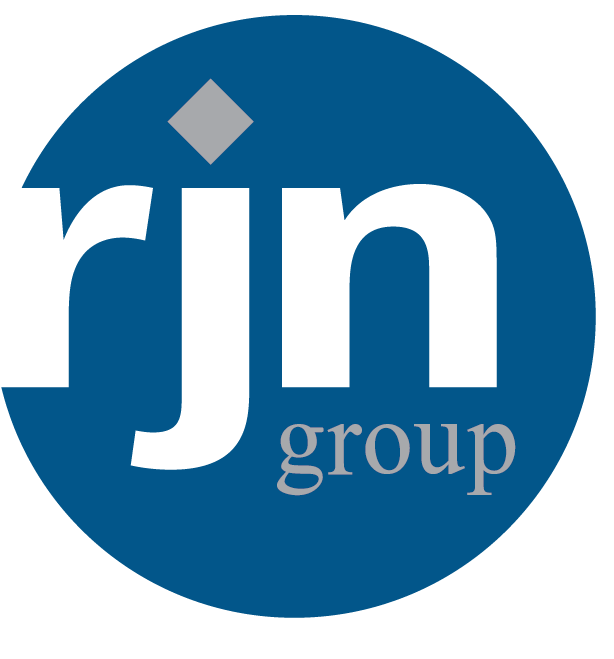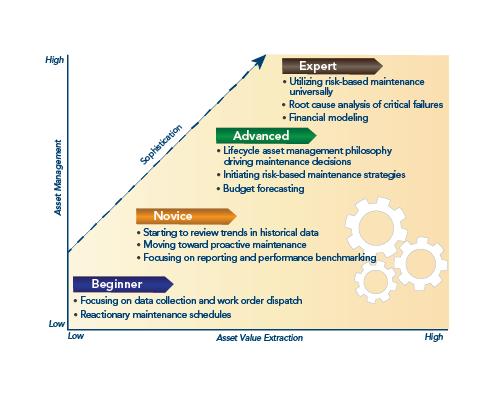(630) 682-4700
2655 Warrenville Road, Suite 225, Downers Grove, IL 60515
Better information about your collection, water, and stormwater systems
Explore ClarityBetter information about your collection, water, and stormwater systems
Explore Clarity
RJN Group, Inc., is an award-winning engineering firm specializing in the asse...
Embracing a robust and proactive approach to managing sewer, water, and stormwater infrastructure assets can help utility managers improve service reliability, extend the lifespan of assets, avoid failures, and minimize the cost of reactive maintenance.
To implement effective asset management, managers must first develop a comprehensive and accurate inventory of water assets. In this article, we will highlight the best practices of cost-effective water, wastewater, and stormwater asset management.
The first step to effective asset management is to have a clear and detailed inventory of all water-related assets within the utility system. Modern asset mapping technologies, such as Geographic Information Systems (GIS), create dynamic and interactive asset maps. Once a utility knows what assets it owns, where they are, and what condition they are in, it has all the information needed to perform risk assessments and efficiently allocate resources.
The next step is ongoing asset tracking, which involves continuously updating the asset conditions and inventories, recording maintenance activities, repairs, replacements, and other relevant information. Asset tracking enables managers to monitor asset health, performance, and lifecycle data. This data is critical to optimizing maintenance schedules and proactively addressing potential issues before they become costly problems.
With an accurate asset map and inventory process to manage asset attributes (materials, age, etc.) and general conditions in place, utility owners and managers will be well-positioned to implement asset management best practices:
Prioritization Techniques
In any utility system, not all assets require the same level of attention or immediate maintenance. By factoring asset risk of failure and remaining useful life, prioritization helps to identify critical assets that demand immediate action and defers other maintenance or replacement based on need.
Performance Monitoring and Continuous Improvement
Regular performance monitoring is essential for evaluating asset health and identifying areas for improvement. Real-time data is key to effective monitoring because it enables managers to pinpoint issues as they occur. This data is also useful in forecasting future requirements.
Preventive and Predictive Maintenance
Preventive maintenance involves regularly scheduled condition inspections to direct minor repairs and general maintenance programming that will prevent potential issues from becoming major problems. Programs like regular pipeline inspection and lining programs can be planned using risk-based analytical tools to focus efforts where they will make the most impact. By addressing concerns proactively, costly emergency repairs can be avoided and unnecessary maintenance can be deferred.
Proactive Asset Renewal Strategies
Disruptions caused by deteriorating assets will be reduced and asset lifecycles can be maximized by having a plan to rehabilitate or replace water, sewer, and stormwater assets before the end of their lifecycle.
Long- and Short-Term Capital Planning
Strategically allocating resources for water utility system maintenance and improvements ensure capital dollars are impactfully allocated. When plans don’t reflect the reality of asset service life, budgets can be directed to the wrong areas.
The best practices shared above are vital components of successful water, wastewater, and stormwater utility asset management programs. By implementing these steps, utility managers can lower costs, extend asset lifespans, and ensure reliable operations.
At RJN, our expertise in water asset management enables us to offer valuable support for implementing these best practices. We leverage purpose-built asset management tools and technologies to provide mapping, tracking, condition assessments, lifecycle forecasting, prioritized planning, and budgeting for water assets.
Explore our Water Asset Management Page to learn more about how RJN can help you cost-effectively maximize asset service life. Our experts are also available to discuss how RJN can add value to your organization.

RJN Group, Inc., is an award-winning engineering firm specializing in the asse...